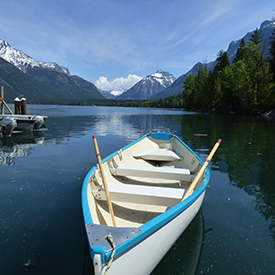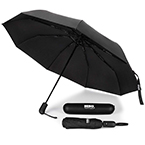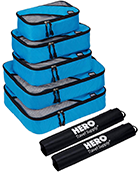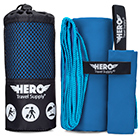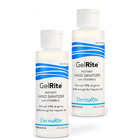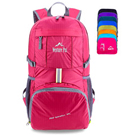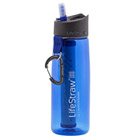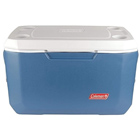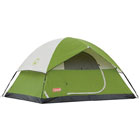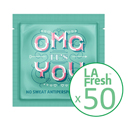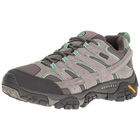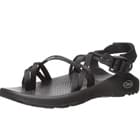The vast majority of visitors to Glacier come in the summer months, when temperatures are the warmest, rain and snow are unlikely, and all of the park’s amenitiesare fully open. However, it is possible to visit all year round, including in the winter. Regardless of when you come, choosing weather-appropriate clothing for Glacier is critical.
SPRING in Glacier – March, April, May:
During the spring, there’s typically still snow on the ground in Glacier, and average lows are below freezing. That means you should plan on wearing long pants and bringing warm layers. These are also the rainiest months of the year, so a rain jacket and waterproof shoes are vital. Make sure your daypack is waterproof as well. Temperatures average between 19°F to 70°F (-7°C to 13°C)
SUMMER in Glacier – June, July, August:
Summer is the only time Glacier is warm – and even then,the averagehighs are just around 70 and lows are in the 40s. The weather is also unpredictable, and rain is still possible in the summer. While you can generally wear things like shorts and T-shirts during the day, especially in July and August, warmer layers are crucial for the evenings. If you’re camping, make sure you have something warm and comfortable to sleep in. Temperatures average between 39°F to 70°F (4°C to 21°C)
FALL in Glacier – September, October, November:
While September still brings some nice days, temperatures drop off considerably by October. If you visit Glacier in the fall, you’ll need to pack warm clothes, including long pants, a coat, and insulated shoes or boots. Temperatures average between 21°F to 59°F (-6°C to 15°C)
WINTER in Glacier – December, January, February:
Winter in Glacier is an entirely different experience, with below-freezing temperatures and abundant snowfall. But it’s also a magical time to visit if you’re prepared. The ideal Glacier wardrobe during this time of year includes three layers: a sweat-wicking base layer, an insulating mid-layer, and a wind- and water-proof outer layer. Sturdy snow boots are the only feasible footwear for Glacier in the winter, and don’t forget a warm hat and gloves. Temperatures average between 14°F to 32°F (-10°C to 0°C)
Dressing Appropriately for the Activity– (Click to expand)
Hiking – Hiking is easily the most popular activity in Glacier, so you’ll definitely want clothes you can hit the trail in. Breathable fabrics are the most comfortable, and long pants will protect your legs against the brush. Comfortable hiking shoes or boots are also critical, and make sure you have time to break them in before your trip.
Camping – If you’re camping in Glacier, warm clothes for the evening and warm pajamas are essential. Fabrics that dry out quickly will also be the most comfortable when you’re staying in a tent.
Kayaking & SUP – Kayaking and stand-up paddleboarding are both popular activities on Glacier’s lakes. The most comfortable thing to wear out on the water is activewear made of quick-drying fabrics, along with sturdy sandals like Chacos.
XC skiing & Snowshoeing – Winter sports like cross-country skiing and snowshoeing in Glacier require heavy-duty winter clothes. In addition to warm base and mid-layers, you’ll want to wear snow pants, a winter coat, and a warm hat and gloves. A gaiter or neck warmer is also a good idea.




